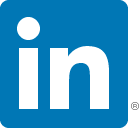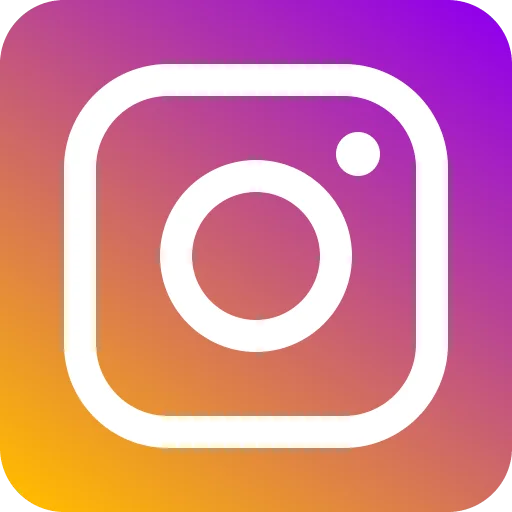January 22, 2021
Dramatic Healthcare Needs During COVID-19
As the COVID-19 pandemic continues to stretch worldwide, the shortage of medical supplies such as Personal Protective Equipment (PPE) for health workers becomes more severe. The pressing need for specialized healthcare products has put extreme pressure on the manufacturing industry; thus, many companies turned to 3D Printing to address the shortfalls and fight the virus. 3D Printing is still uncommon throughout the world, and it needs appropriate attention that it deserves to help transform the traditional manufacturing industry into a more advanced and efficient industry. PrintForm is here to support the medical community in the ongoing combat with the shortage of these crucial PPE supplies with its extensive network and efficient production process that provides impeccable services to quickly and successfully meet the continuing need.
The world was certainly not prepared for a pandemic of this magnitude, especially since the United States was caught off-guard and lacked the proper personal protective care equipment for this pro-longed stretch. No doubt, COVID-19 has been a mortifying reminder of the infrastructure weakness and an accelerant for change. Quickly we educated ourselves on what it meant to lack access to everyday essential medical care items in a life or death situation. With advanced 3D printing technology, medical supplies and personal protective care equipment such as a face shield, mask, or nasal swab manufactured and developed, helping individuals, doctors, and companies stay safe in their particular environments.
How 3D Printing Helps In COVID-19 Outbreak?
3D printing stepped into the pandemic as a vital technology to support and solve many different challenges posed by the COVID-19 outbreak: the digital versatility and quick prototyping of 3D printing benefits in a rapid emergency response. The wide range of 3D printing applications in the fight against COVID-19 includes personal accessories, such as masks, mask fitters, door openers, medical devices such as ventilator valves, emergency respiration devices, and personal protective equipment such as safety goggles, face shield, respirators, and also, emergency dwelling isolation booths.
The crisis has highlighted these countless areas where 3D printing has proved to be practical and helpful. Continuous Positive Airways Pressure (CPAP) machines were manufactured as alternatives for COVID patients to deal with the shortage of ventilator machines. Nasopharyngeal swabs manufactured with 3D printing served as significant support in enhancing sample collection efficacy. Moreover, 3D printing also offers promising solutions to conserve precious resources by using recyclable materials for custom-made face masks, hence addressing the environmental concerns on medical waste accumulated by disposing of PPE. Furthermore, 3D printing helps manufacture temporary emergency dwellings for those isolated under quarantine, easily transported, and deployed to areas where most needed.
Some Of The Countless Benefits of 3D Printing
The medical industry is considerably enhancing and improving with 3D printing technologies, additive manufacturing, and rapid prototyping. 3D Printing uses Computer-Aided Design (CAD) files to manufacture any shapes imaginable with a variety of hundreds of materials offered. Hence, 3D printing is full of benefits; below are some of those benefits that rule over the traditional manufacturing processes.
The 3D printing process offers a fantastic opportunity to create tools and equipment that are personalized and customized, entirely fitting to the needs of the individualized nature of healthcare. 3D printing is the perfect solution for the healthcare industry, especially at times of urgent need.
Custom parts and equipment manufactured manually are prone to human errors, setting the projects back in time and cost. In comparison, the flexible nature of 3D printing has dramatically reduced the potential error occurrence. Also, 3D printing has lower tooling and setup costs, which is valuable, more effective, and practical.
One massive advantage of 3D printing is that it can produce any complex shapes that fit the printer’s build volume—advanced equipment help manufacture without the limitations of cutting and molding technologies, being more flexible, and better at dealing with complex prototypes.
Rapid prototyping can design, manufacture, and test a personalized 3D printed part in as little time as possible. In the traditional process, one single prototype product could take weeks to manufacture. However, thanks to technological advancement, since the 3D printing industry developed and flourished, a prototype can be designed, manufactured, and shipped in a few days.
Few Examples Of Collaborative Approach To 3D Printing In The Fight Against COVID-19
- An unknown Chinese manufacturer dedicated its supply of more than 200 3D printers to mass-produce safety goggles for healthcare workers. It took engineers about two weeks to design and test the product. Thousands of pairs of goggles have been 3D printed and distributed to Chinese hospitals.
- An Italian hospital ran out of the respiratory valves needed to connect COVID patients to ventilator machines; thus, an Italian engineering firm, Isinnova, collaborated with a local manufacturing firm to create 100 valves in 24 hours.
- The University of Minnesota collaborated with Protolabs, a 3D printing provider, to develop critical parts for a low-cost ventilator.
- Winsun, a 3D printing company based in China, used its resources to 3D print 15 quarantine rooms for Xianning Central Hospital, located in Hubei’s hard-hit province. The room’s source material consisted of crushed and ground solid urban construction waste. The rooms had their specific water and electricity supplies, and the quarantine booths intended to relieve patient swarming and stress on the hospital’s resources.
Wrapping It Up: Reimagining Healthcare With 3D Printing After COVID-19
The impact of 3D printing on the medical industry is genuinely astonishing. The COVID crisis highlighted the significance of 3D printing and the possibility of producing healthcare solutions on-demand, reducing wastage, and enhancing flexibility. This technological, creative, and environmental-friendly approach seems to be the ‘new normal’ for the healthcare industry. Post-pandemic, as the global economy will reopen, supply chains will be shorter and more fragmented, resulting in different manufacturing procedures with a more collaborative approach to additive manufacturing.
Why Trust PrintForm?
We recognize the need for technological advancement in the healthcare industry, and we proudly become your partner in smarter and innovative solutions.
We provide:
- State-of-the-art technology
- Error-free services
- High-quality
- Manufacturing advice
- Confidentiality
- All-around support
From traditional methods like CNC Machining, Injection Molding, and Sheet Metal, to the latest and modern 3D printing technology, we offer a selection of additive manufacturing technologies, including DFAM (Design for Additive Manufacturing), SLA (Stereolithography), SLS (Selective Laser Sintering), FDM (Fused Deposition Modeling), CJP (Color Jet Printing), DMLS (Direct Metal Laser Sintering), MJF (Multi Jet Fusion), PolyJet, and Cast Urethane (Silicone Molding).
Whether you are looking for rapid prototyping, concept modeling, casting patterns, or end-use parts solution, we can help you get them faster at low-cost and high-quality.
Get in touch with us, email us at info@printform.com or call us at +1 (404) 692-5500





